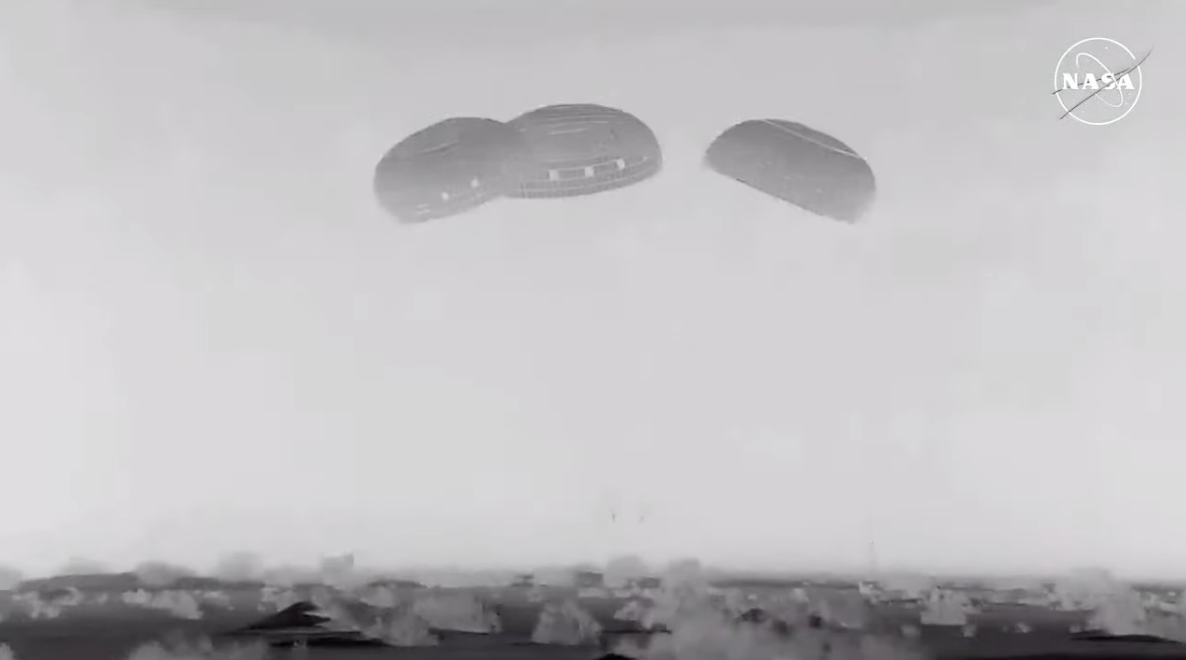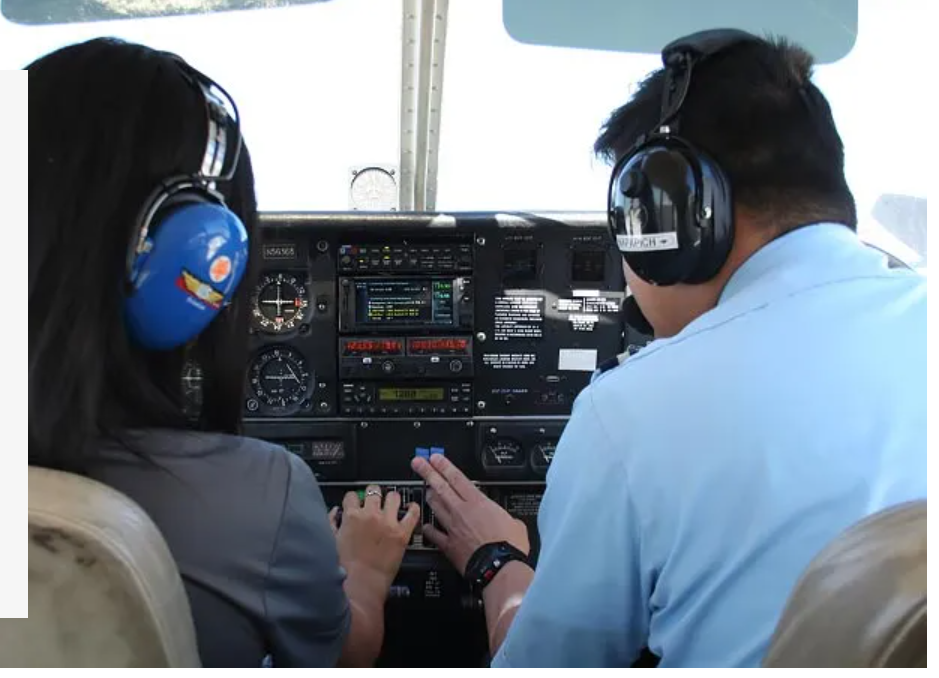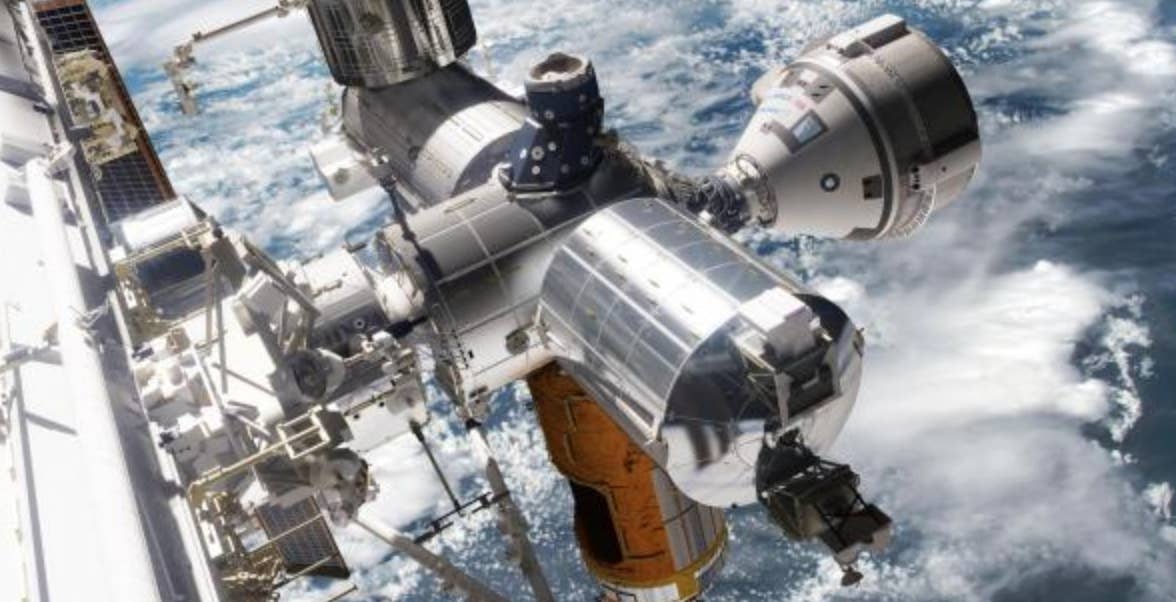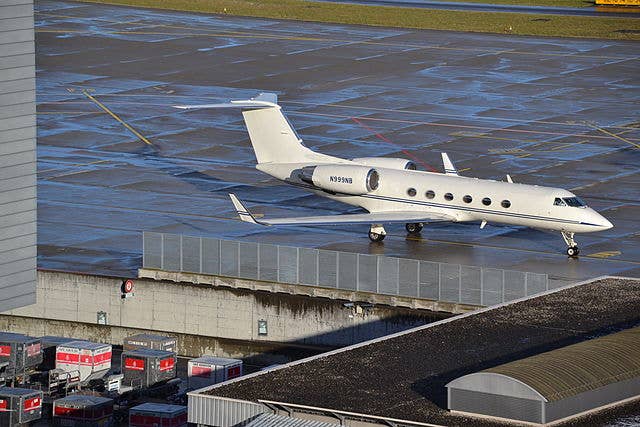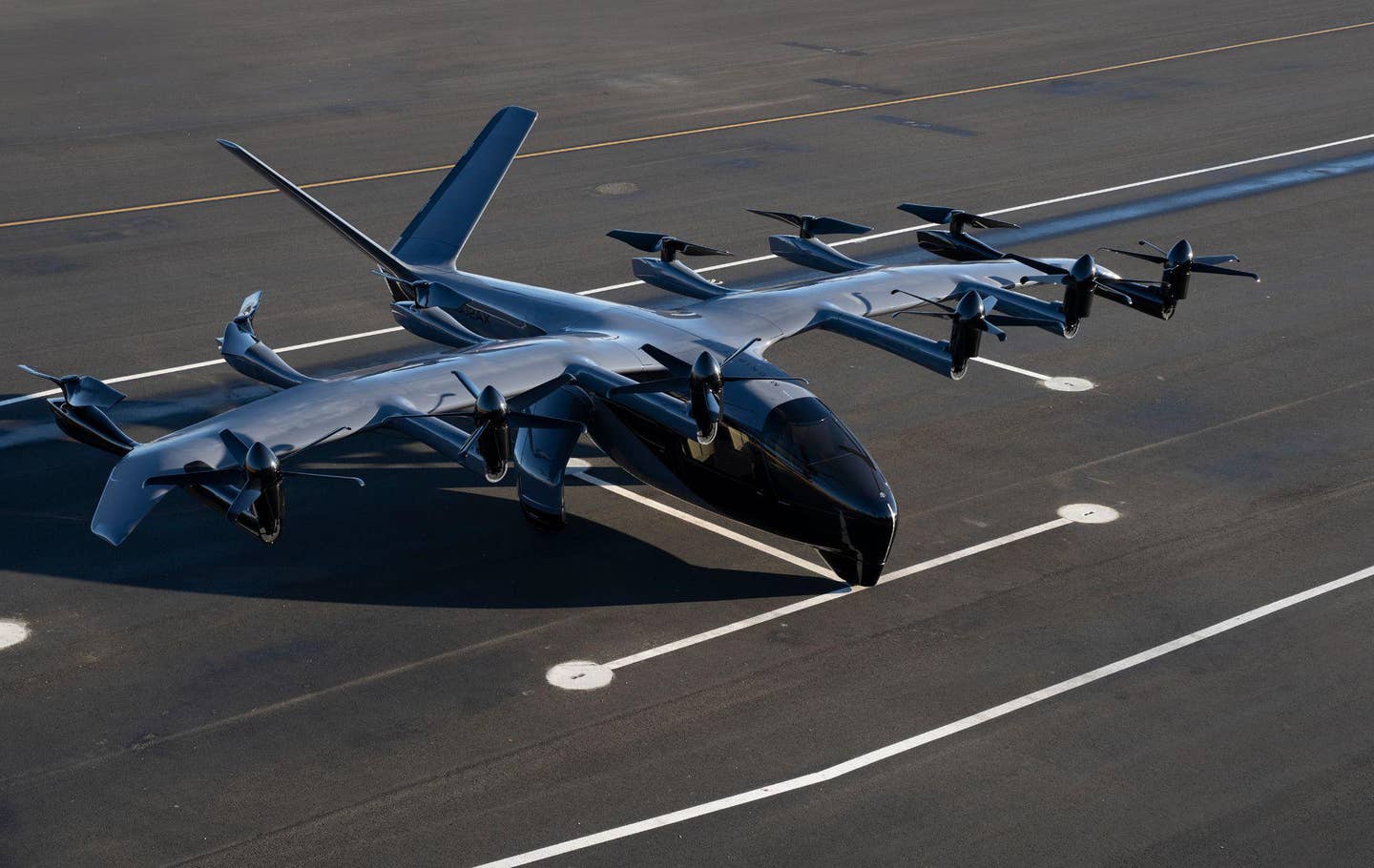CBP Revises Requirements For International Flight Clearances
The National Business Aviation Association (NBAA) reported today (Nov. 1) that the U.S. Customs and Border Protection (CBP) has revised its Advance Passenger Information System (APIS) guidance “to standardize and…
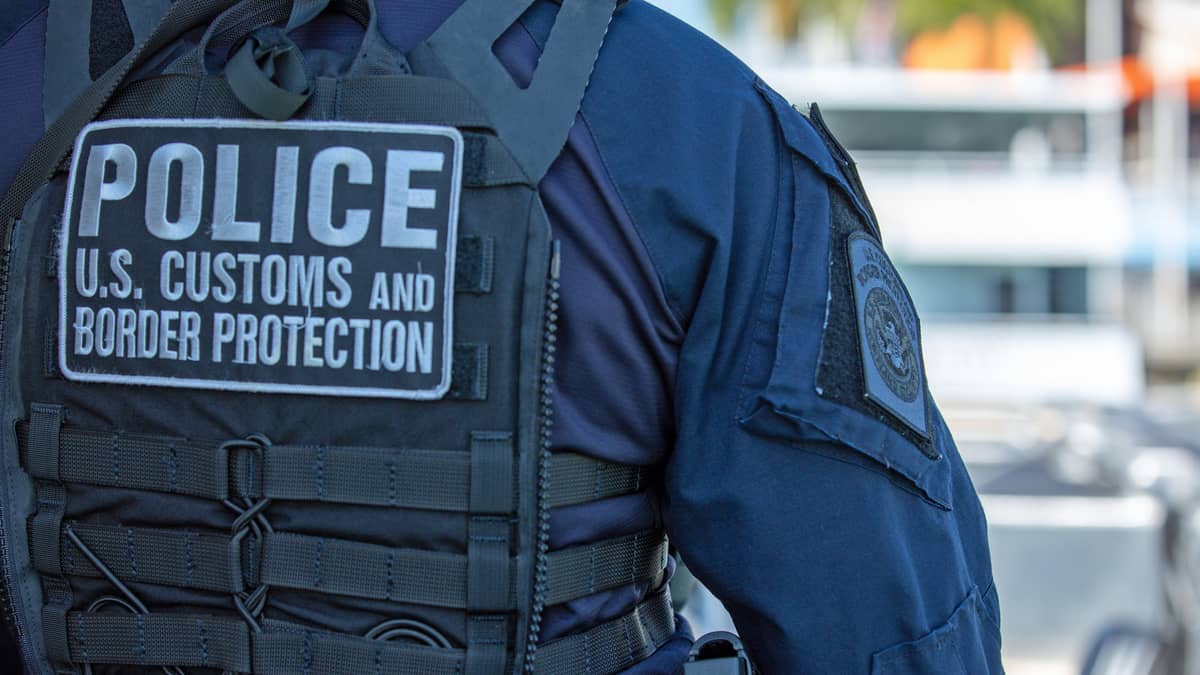
Photo: U.S. Customer and Border Protection
The National Business Aviation Association (NBAA) reported today (Nov. 1) that the U.S. Customs and Border Protection (CBP) has revised its Advance Passenger Information System (APIS) guidance “to standardize and clarify departure clearance processes for outbound international travel, particularly for general aviation operations.”
The primary role of APIS is to assist the CBP in identifying possible security threats and keep a “person of interest” from boarding a general aviation flight. Discrepancies in the information operators submit can lead to fines, “so they are strongly encouraged to ensure all information is accurate,” NBAA wrote.
According to NBAA, the new guidance adds clarification on the need to retransmit an APIS manifest at least 60 minutes before departure based on changes in manifested details (i.e., added or subtracted travelers), changed tail numbers or time adjustments (exceeding a one-hour window). “If the manifest changes occur outside of business hours,” NBAA wrote, “operators should still re-transmit and call the port when it reopens to explain the manifest changes.”
NBAA also advises operators to telephone their local CBP port to cancel the original clearance and confirm the updated information. “In some cases,” NBAA said, “the port might be able to approve an expedited departure if the flight is already vetted.”
Brian Koester, NBAA director of flight operations and regulations, said, “The industry has long asked for greater standardization among ports. The update will ensure that both sides of the coin—flight crews and customs officers—understand expectations.”

